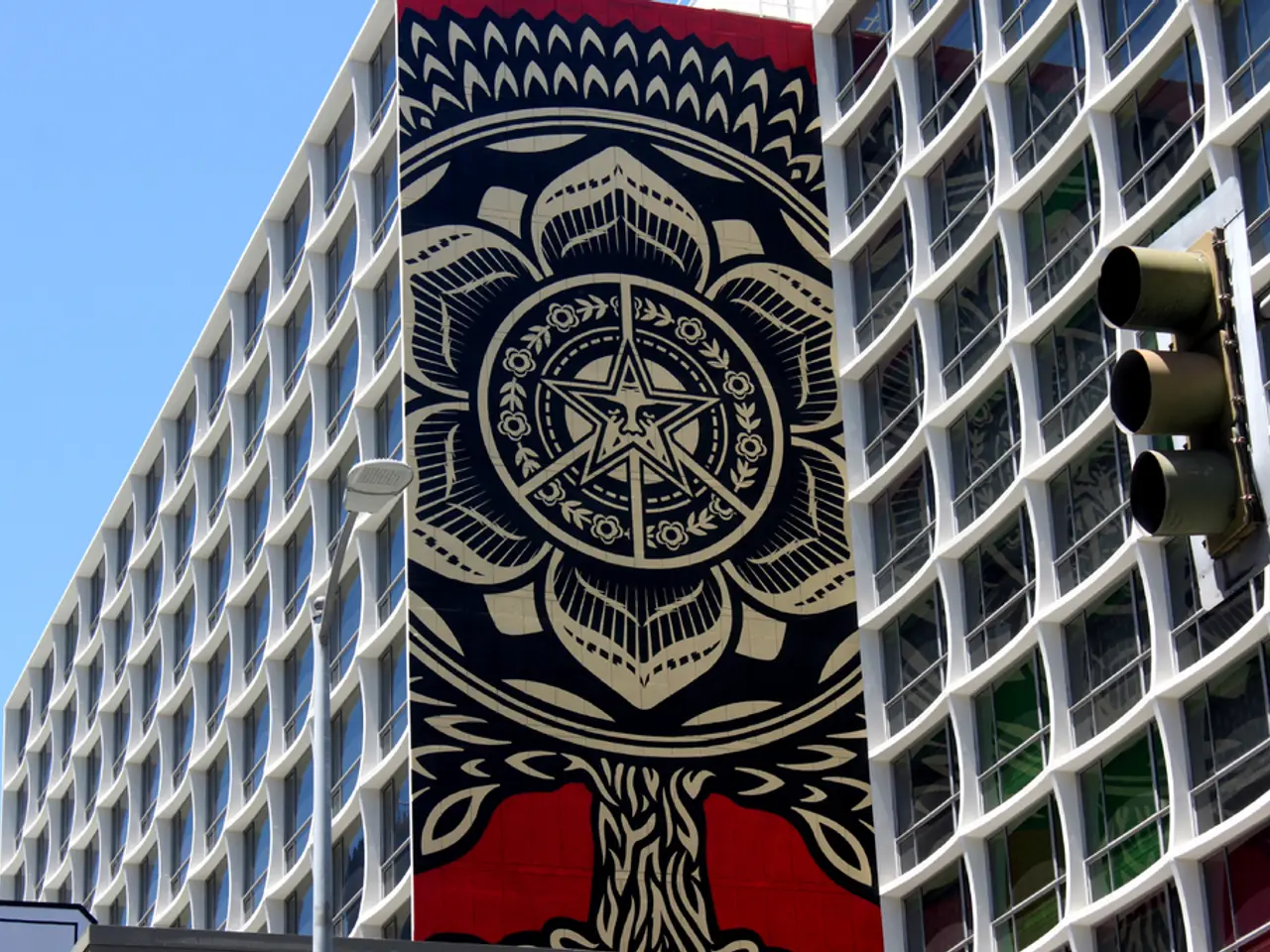Designing Services with a Mindset for Improvement - Crafting More Effective Services through Thinking Methods
In the realm of service design, a set of principles known as Design4Services is gaining traction. These principles, aimed at creating efficient, effective, and user-friendly services, are being expanded and supplemented by additional approaches that prioritize systemic thinking, human-centricity, and the integration of emerging technologies.
At the heart of these principles is a commitment to minimising process variation and fostering a creative and innovative environment. Services are designed based on a deep understanding of their purpose, demand, and the provider's ability. Work is structured around processes, not internal constructs, and is organised to match processes and required competencies. Data is normalised both within the organisation and between it and its customers, and wherever possible, data entry is replaced by data lookup, selection, and confirmation utilities.
Beyond these principles, there are several other approaches that broaden the service design methodology. Interdisciplinary Service Design (SD) emphasises the entire service process, incorporating operational processes, service experiences, software tools, and physical objects. It aims for services to be useful, usable, desirable from the client’s perspective, and effective, efficient, distinctive from the supplier’s perspective.
Human-Centered Design Thinking builds on empathy, ideation, prototyping, testing, and iteration. It involves deeply understanding customers’ emotions, needs, and context throughout the service journey. This approach shapes dynamic, evolving service interactions, unlike traditional static design.
Modern service design also integrates AI, IoT, and data analytics to personalise experiences, connect devices, and reveal user behaviour for continuous improvement. Examples include AI-powered recommendation engines and smart environments that adapt to personal routines.
Holistic Ecosystem Analysis takes a broad view of the entire service ecosystem, focusing on all interactions between service providers and customers across all touchpoints. This approach aims to provide seamless, constraint-free experiences.
These approaches complement and extend the Design4Services principles by emphasising systemic thinking, emerging technologies, participatory ideation, and continuous experimentation to design services that are deeply human-centered, adaptable, and integrated into complex real-world contexts.
In addition, services are developed as a minimum viable service (MVS) and then iterated and improved based on user/customer feedback. Services are designed to meet customer needs rather than internal business needs, and to accommodate special events as common events. Technology design is flexible and agile enough to allow fast modification in the face of changing customer requirements, and technology is used to enable a service, not be the driver of a service.
Processes are internalised rather than overly decomposed, with training being preferred over work instructions. Services are designed to create value for users and customers and to be as efficient as possible. Reconciliation, controls, and inspections of processes are kept to a minimum. The service design process involves designing processes, both internal and external, with principles that ensure customer value and simplicity. Process breaks and delays are minimised, and processes reflect customer needs, with many versions of a process being acceptable if customers have different needs.
Any activity that fails to add value for the customer is eliminated or minimised in the service design process. Services aim to deliver a unified and efficient system, rather than component-by-component. Data is easy to transfer and reusable within the organisation and within the partner network. Technology is pulled into a service design rather than pushed into it.
The principles of service design are drawn from the Design4Services organisation and are widely accepted in the commercial sector. Processes are as simple as possible, with a focus on reducing process steps, handovers, rules, and controls. Service design is a methodology that aims to improve or create services to meet user and customer needs, always with input from the users of the service. KPIs for processes will only measure things that matter.
- Agile development is implemented in service design to ensure technology is flexible and capable of fast modification in response to changing customer requirements.
- UX design and UI design are integrated into the service design methodology, emphasizing dynamic, evolving service interactions and aiming for services to be useful, usable, desirable, and effective for the client.
- Service design’s concepts, such as Design4Services, Human-Centered Design Thinking, and Holistic Ecosystem Analysis, are expanded by combining them with technology like AI, IoT, and data analytics, enabling the design of services that are deeply human-centered, adaptable, and integrated into complex real-world contexts.




